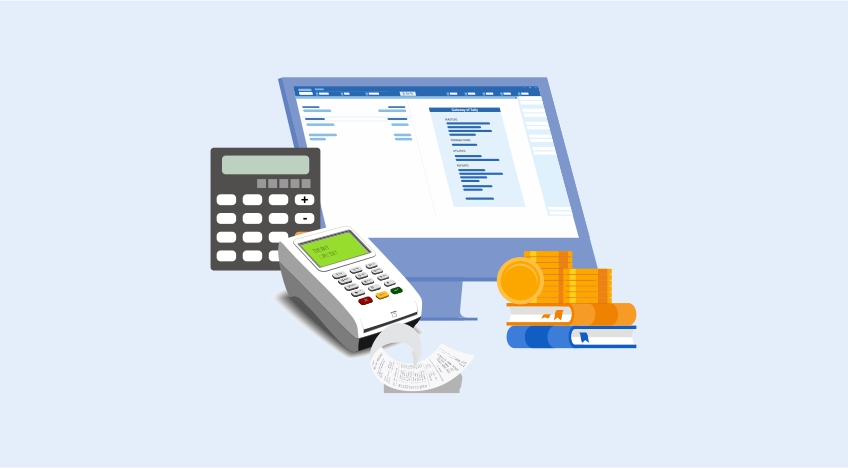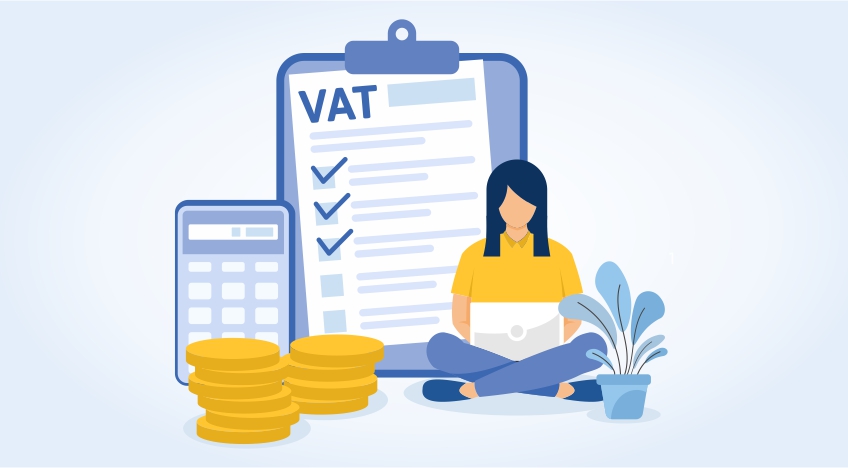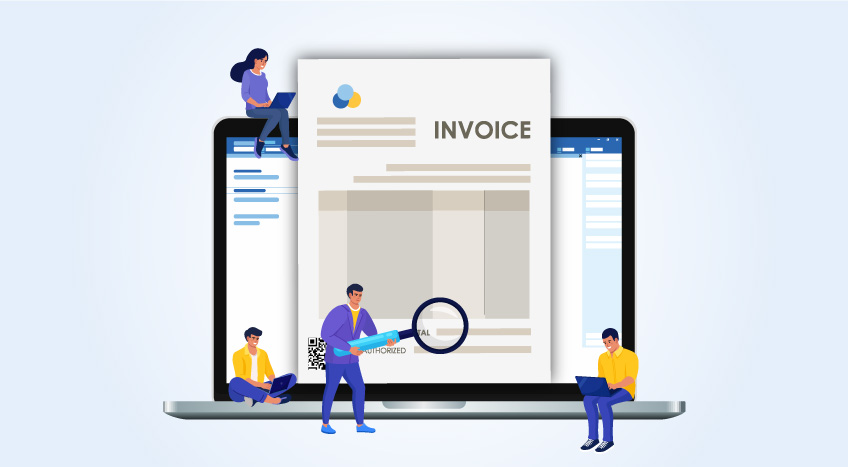- Electronic Fiscal Receipting and Invoicing System (EFRIS) in Uganda?
- Why has URA introduced e-receipting/invoicing?
- How does the EFRIS platform work?
- How to send e-Invoices to the EFRIS?
- Advantages of EFRIS
The Uganda Revenue Authority (URA), in a quest to enable compliance and improve efficiency for e-Invoicing and VAT reporting of commercial transactions, has implemented the EFRIS (Electronic Fiscal Receipting and Invoicing System). According to the mandate, all VAT-registered taxpayers are expected to use EFRIS to issue e-invoices or e-receipts for every business transaction.
Under this framework, organizations with operations in the Uganda should upload/transmit their invoices details to the URA. Post this; the URA validates and approves the invoice with Fiscal document number, Verification code, QR code before the organization can send it to its client. The execution of the EFRIS framework intends to improve overall efficiency and compliance by curbing tax evasion and fraudulent practices.
What is Electronic Fiscal Receipting and Invoicing System (EFRIS) in Uganda?
Electronic Receipting and Invoicing System (EFRIS) is an automated compliance process established by the URA which aims to handle the allocation and centralized tracking of all invoices and receipts by specified taxpayers in Uganda. EFRIS, or Electronic Fiscal Receipting and Invoicing Solution is introduced to improve the ease of conducting business in Uganda. It refers to the use of Electronic Fiscal Devices (EFDs), e-Invoicing, or direct communication with business transaction systems to handle the issuance of e-invoices in accordance with the Tax Procedures Code Act 2014. Once a transaction has been executed, transaction details are transferred to URA in real time to generate e-invoices.
Why has URA introduced e-receipting/invoicing?
Apart from digitization, the URA has introduced e-receipting/e-invoicing to improve compliance by curbing fraudulence, suppression of sales, non-issuance of tax receipts/invoices, and non-remittance of VAT collected, and much more.
How does the EFRIS platform work?
As per the latest regulation passed by the Uganda Revenue Authority (URA), all businesses registered in Uganda are required to register with the EFRIS system through the tax authority's website. Here's a quick rundown of how the EFRIS platform works:
Pre-registration:
- Business registers on the URA website
- Once logged in, the business gets verified through a One-time password (OTP) sent via sms or email
- Post that, they are required to indicate the type of invoicing system they are using - whether it is EFD or e-invoicing.
- Once done, the business needs to furnish more details, including the taxpayers' details (these details are auto-filled from the e-tax), the purpose of registration, and the upload of supporting documents, e.g., business license.
- Once the business is registered and verified as a system user, the business account will be enabled and help you access EFRIS functionalities.
Generating e-invoice:
- Post this, a certificate issued by a local certification authority must be requested to sign invoices.
- The e-Document is sent to the EFRIS platform, which authenticates the invoice by including four mandatory fields - Fiscal Document Number (FDN), Invoice Identification Number, Verification Code, and QR Code to identify the invoice.
- The invoice must be sent to the receiver with the data entered by the platform.
How to send e-Invoices to the EFRIS?
There are many implementation models for connecting to the EFRIS platform and sending e-invoices:
System to system channel: Applicable for taxpayers with automated accounting systems, particularly those with high transaction volumes.
URA web portal channel: Suitable for taxpayers with less volume of transactions since it needs manual intervention
Client application: This option is applicable for taxpayers without ERP systems or entities that issue invoices in the field or remotely
USSD quick code option: This can be used by mobile phone users who don’t have access to smart phones and therefore this option can be used to raise e-invoices even when offline. It involves following prompts on the mobile phone to generate the e-invoice. However, this option is not yet available.
Electronic Fiscal Devices: Intended for use by retailers/cash sales
Advantages of EFRIS
Improve bookkeeping skills: Since the EFRIS system requires the business inventory to be always updated, it enables businesses to keep track of inventory and cash flow accurately, thereby keeping the accounting processes updated.
Track transactions: The EFRIS system provides assistance with tracking and authentication of business transactions in real-time. This, in turn, allows businesses to get the total number and value of receipts raised periodically.
Quick refund claims: Since all the required information for refunds is available on the URA website, compiling and accessing data is a comparatively faster process. This, in turn, helps fast-tracking the process of refund claims using e-receipts/e-invoices.
Seamless digital process: Storing and keeping track of physical documents is a cumbersome process. The introduction of EFRIS addresses the issue. Since everything is digitally stored, there's no bulk storage, and you reduce the risk of theft.
Simplified tax process: The introduction of EFRIS helps in obtaining prefilled tax returns. Since the data is already in the system, the process is simplified for the taxpayer.
The introduction of EFRIS enables taxpayers to keep track and validate all business transactions, minimize delays and cost involved in filing tax returns, increase compliance, thereby simplifying the process of conducting business in Uganda.
Read More:










